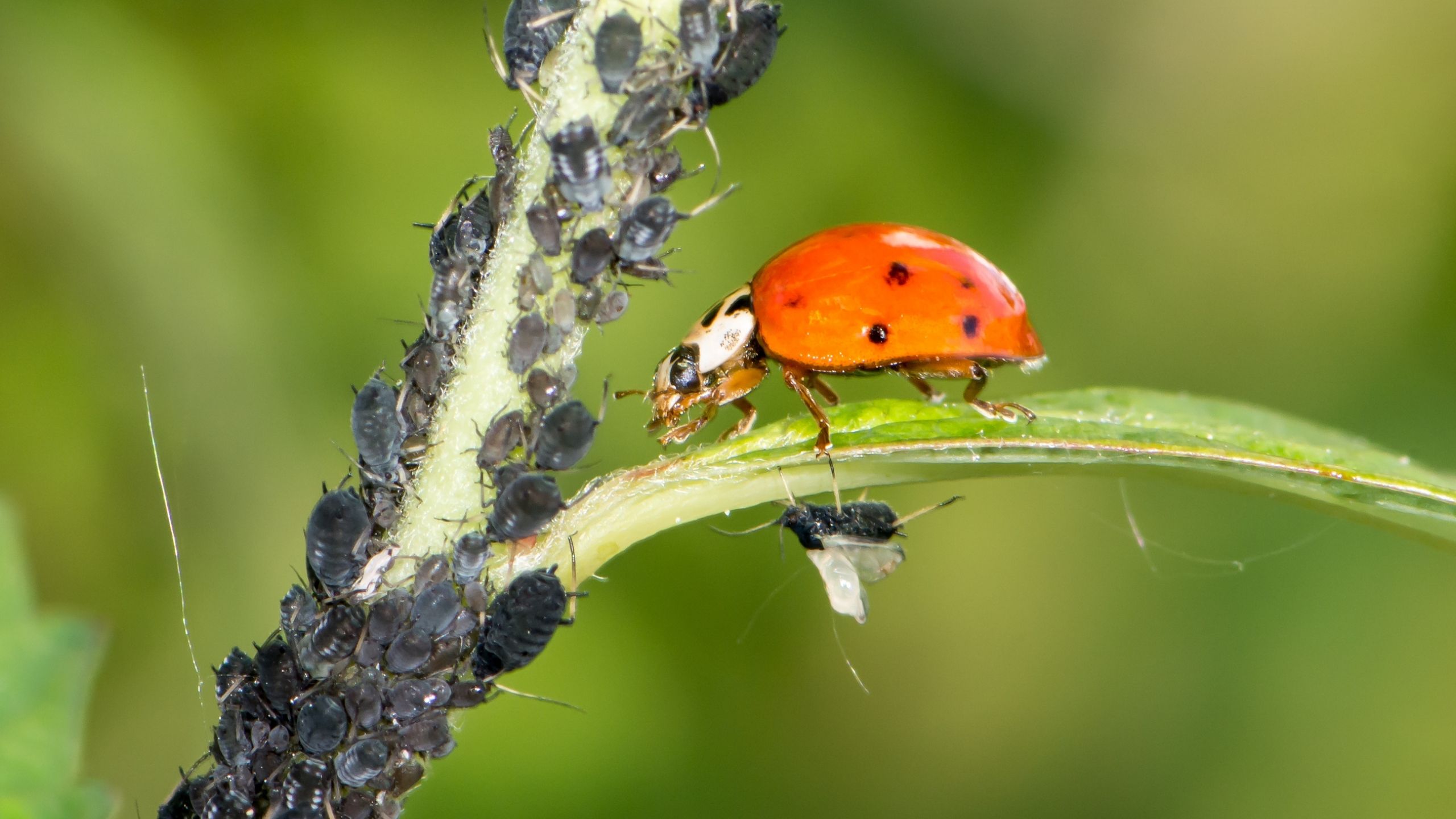

Microbial populations responsible for specific soil suppressiveness to plant pathogens. Disease-suppressive soil and root-colonizing bacteria. A better understanding of these signals and their mode of action might facilitate the practical application of biocontrol microorganisms in the future. The soil, the plant, the pathogen and the biocontrol agent interact with each other through both biotic and abiotic signals, many of which remain unknown. These small RNAs therefore determine the expression of biocontrol factors. At a post-transcriptional level, small noncoding RNAs that are controlled by the GacS/GacA two-component system can relieve the repressive action that RNA-binding proteins exert on the expression of target mRNAs. At the transcriptional level, several secondary metabolites positively regulate the expression of their own biosynthetic genes.

Progress has been made recently in the understanding of the molecular mechanisms that regulate the expression of biocontrol factors in fluorescent pseudomonads. The evidence for such direct and specific interactions is still fragmentary, and is limited to few well-studied cases. Subtle interactions between a pathogen and a biocontrol agent can tip the balance in favour of plant disease or health. Although it remains unclear which bacterial signals are most apt to elicit resistance, the jasmonate- and ethylene-responsive defence pathways seem to be most important in the host plant, as judged from experiments with mutants of Arabidopsis thaliana. Induced systemic resistance in the host plant is a second important mechanism that is involved in the biocontrol of root pathogens. Siderophores (iron chelators) are occasionally involved in biocontrol but do not seem to have the crucial role that was once attributed to them. Many biocontrol strains of fluorescent pseudomonads produce extracellular secondary metabolites that inhibit the growth of fungal pathogens and account for part of the disease-suppressive activity.

Among these plant-beneficial 'probiotic' microorganisms, selected strains of fluorescent pseudomonads have been studied extensively for biocontrol mechanisms using both biochemical and molecular genetic approaches. Disease suppression depends on the prevailing environmental conditions in the soil and, moreover, has a strong biological component, which consists of root-colonizing plant-beneficial bacteria and fungi. In suppressive soils, crop plants are protected from soil-borne root pathogens (mostly fungi).


 0 kommentar(er)
0 kommentar(er)
